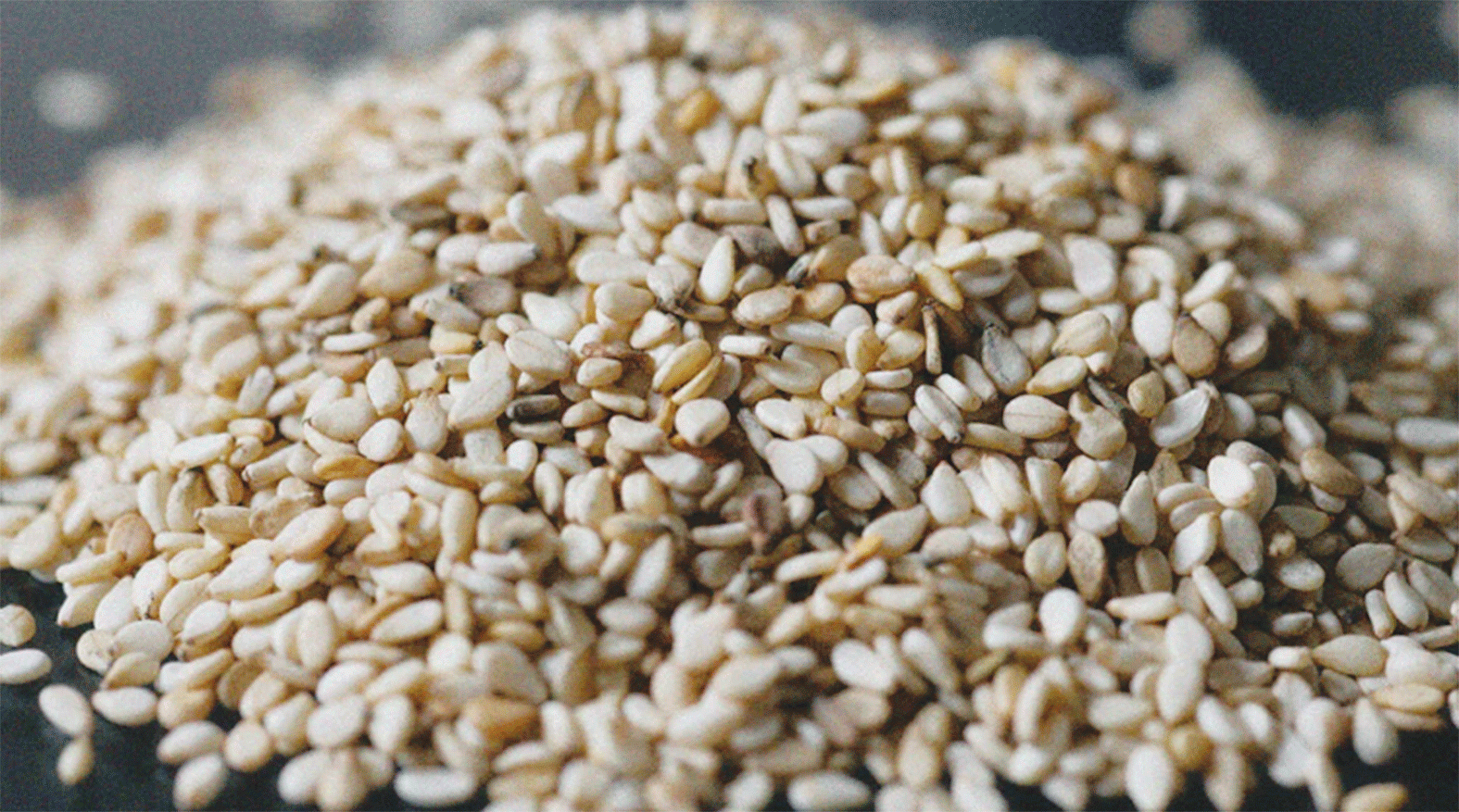
The latest official figures reveal a promising trajectory for exports. Earnings rose by 15,6% to US$3,9 billion in the first half, compared to the same period in 2024. This growth, powered by increased shipments of processed goods, metals, and agricultural products, helped narrow the trade deficit by 16% to US$1,03 billion.
While the numbers are encouraging, they also expose deep-rooted structural weaknesses that continue to hamper Zimbabwe’s potential to build a diversified trade economy.
Manufactured goods led the surge, with export earnings rising by 18%, buoyed by strong performances in tobacco, construction materials, and packaging. Semi-finished iron and steel exports posted a dramatic 264% increase, reaching US$46,9 million. Tobacco, long a cornerstone of foreign earnings, rose by 30,6% to US$56,4 million. Meanwhile, exports of hides and skins jumped by 51,8% to US$17,1 million.
These gains show that when policy support and investment align, results follow. But beneath the surface lies a more sobering reality: Zimbabwe’s export basket remains heavily skewed toward raw and semi-processed minerals.
Gold and other alloy exports rose by 21,8% to US$3,1 billion, with gold alone nearly doubling to US$1,8 billion. While this injection of foreign currency is welcome, it also reveals the country’s continued overreliance on commodities vulnerable to global price shocks.
Zimbabwe cannot afford to keep exporting its mineral wealth in raw or semi-processed form. The opportunity cost is staggering. Billions of dollars in potential value addition are being forfeited. Government must move beyond rhetoric and enact robust policies to incentivise local beneficiation. Without this, the economy will remain exposed, and future generations will inherit the consequences of squandered potential.
Encouraging signs of trade diversification are beginning to emerge. The United Arab Emirates has overtaken traditional markets to become Zimbabwe’s top export destination, absorbing US$1,85 billion — nearly half of all exports — largely through gold shipments. Exports to the Netherlands surged by 47%, driven by horticulture and processed goods.
Conversely, exports to South Africa and China declined by 11,8% and 14,7% respectively. This shift reflects a broader effort to reduce dependence on traditional markets — an important evolution in Zimbabwe’s trade strategy. ZimTrade’s intensified drive to expand trade missions and exhibition participation appears to be gaining traction. If these initiatives are sustained and scaled, they could open new pathways for value-added, non-mineral exports.
- Mavhunga puts DeMbare into Chibuku quarterfinals
- Bulls to charge into Zimbabwe gold stocks
- Ndiraya concerned as goals dry up
- Letters: How solar power is transforming African farms
Keep Reading
With average monthly exports now at US$640 million, Zimbabwe is well on course to surpass its annual target of US$8,1 billion. But meeting a numeric target should not be mistaken for structural transformation.
The real test is whether this export growth translates into increased high-value production, meaningful job creation, and reduced dependence on primary commodities.
The government must now act decisively to support local processing industries, improve trade logistics and infrastructure, and foster strategic partnerships that elevate export competitiveness. The momentum is there — but without bold action, it may also fade quickly.






